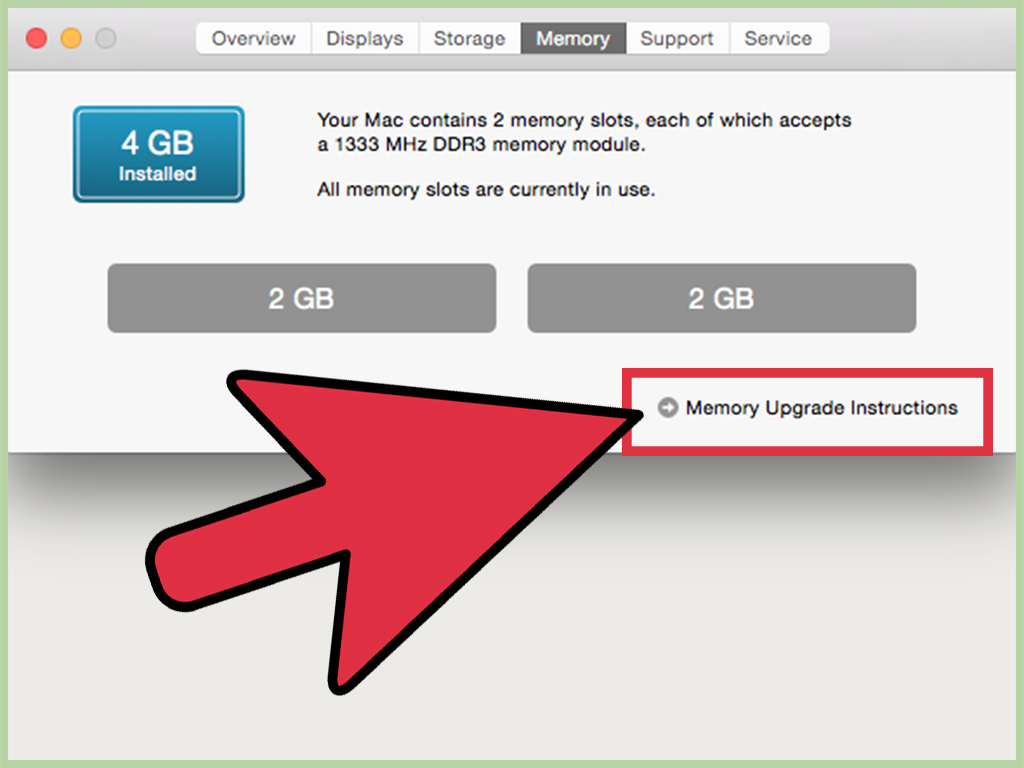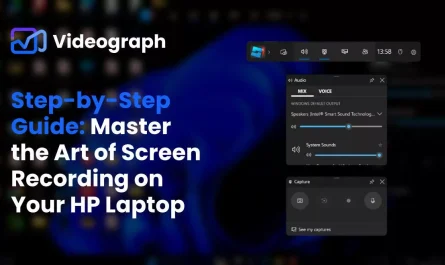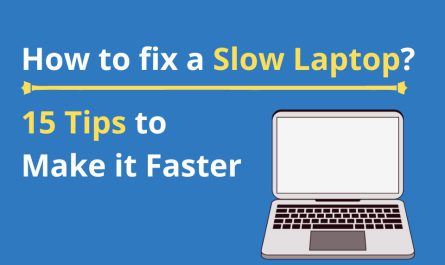Is your laptop acting like it’s stuck in molasses? Slow boot times, lagging apps, and frustrating freezes are the worst. You sit down to get work done or watch a video, but your whole machine feels like it’s running on dial-up from 1999. You’re not alone, and the good news? Fixing it doesn’t have to be scary or require a tech degree. Let’s walk through why your laptop is slow and how you can speed it up—no expert skills needed.
Why Is My Laptop Running Slow?
Before we jump into fixes, it helps to understand what’s going on under the hood. Think of your laptop like a tiny city: if the roads are jammed or the power’s flickering, everything slows down.
Here are some common reasons for slowdowns:
- Too many programs running at once: If you’ve got 10 tabs open, Spotify blasting, and a game running, your laptop’s struggling to keep up.
- Startup clutter: Some apps like to launch as soon as you power on your laptop, bogging down boot times.
- Low disk space: Imagine trying to fit your clothes into a stuffed closet; your laptop feels the same way when its storage fills up.
- Malware or viruses: Sneaky software can slow down your system or steal resources.
- Outdated software: Old drivers or operating systems can cause compatibility issues.
- Hardware aging: Over time, parts like your hard drive or RAM may just not cut it anymore.
Still, don’t panic. Some causes are easy to fix, and we’ll walk through solutions step by step.
How Can I Speed Up My Laptop Without Technical Skills?
You don’t need to be a tech wizard to give your laptop a fresh breath of life. Here’s what you can do with just a few clicks:
1. Close Unnecessary Programs
Look at the bottom of your screen (Windows) or the top-right (Mac). How many apps do you actually need open? Closing the ones you don’t use frees up memory.
- Windows: Press Ctrl + Shift + Esc to open Task Manager, then click on apps using a lot of memory or CPU, and hit End Task.
- Mac: Use Cmd + Option + Esc to bring up the Force Quit menu and close unresponsive apps.
2. Disable Startup Programs
Some apps sneakily launch at startup, slowing boot times.
- Windows: Hit Ctrl + Shift + Esc, go to the Startup tab, and disable apps you don’t recognize or need immediately.
- Mac: Go to System Preferences > Users & Groups > Login Items, then remove unnecessary programs.
3. Clear Junk Files
Temporary files pile up over time and can slow things down.
- Windows: Use the built-in Disk Cleanup tool. Just search for it in the Start menu, pick files to delete (like temp files, recycle bin, etc.), and clear them out.
- Mac: Empty the Trash and consider tools like CleanMyMac X but be cautious and avoid third-party software unless you trust it.
4. Run a Virus Scan
Malware can be a major slowdown culprit.
- Use built-in tools like Windows Defender or Mac’s built-in security.
- Consider free tools like Malwarebytes for a thorough scan.
5. Update Your Software
Make sure your operating system and apps are up to date. Updates often fix bugs and improve performance.
- On Windows, go to Settings > Update & Security > Windows Update.
- On Mac, open System Preferences > Software Update.
6. Restart Your Laptop Regularly
It’s the classic advice for a reason. Restarting clears memory and stops background processes.
What Are the Common Causes of Laptop Slowdowns?
You might wonder why laptops slow down even if you’re careful. Here are some classic culprits explained:
Too Many Background Processes
Have you ever noticed your fan suddenly goes wild? That often means your CPU’s working overtime. Programs running in the background, even without your knowledge, can hog resources.
Full or Fragmented Hard Drive
Traditional Hard Disk Drives (HDDs) can get fragmented, meaning your laptop has to work harder to find files. Also, if your hard drive is nearly full, there’s no room for temporary files, slowing things down.
Insufficient RAM
RAM is your laptop’s short-term memory. If you try to run apps your RAM can’t handle, everything becomes sluggish.
Overheating
When laptops overheat, they throttle performance to cool down, causing lagging or freezing.
Malware Infection
Viruses or malware might be running stealthily, stealing resources without obvious signs.
When Should I Consider Hardware Upgrades?
Software fixes can only take you so far. Sometimes, the problem is physical, and upgrading hardware is the best path.
Signs You Need a Hardware Upgrade
- Your laptop still drags after cleaning and restarting.
- You regularly get “Not Responding” errors.
- You want to run newer software, but your laptop chokes.
- Startup times are painfully slow despite disabling startup apps.
Key Upgrades to Speed Things Up
| Upgrade | What It Does | When to Consider |
|---|---|---|
| Add More RAM | More memory means more apps run simultaneously | If you multitask or run heavy apps |
| Switch to SSD | Replaces HDD with faster Solid State Drive | If your laptop uses an old HDD or boots slowly |
| Replace Battery | Improves power stability and prevents throttling | If your laptop shuts down or slows on battery |
For example, swapping out an old spinning hard drive for an SSD can cut boot times from over a minute to about 15 seconds, a huge improvement.
Step-by-Step: Fixing Your Slow Laptop Today
Ready to speed things up? Here’s a beginner-friendly checklist.
Step 1: Backup Your Important Files
Before making any changes, back up photos, documents, and anything you can’t afford to lose. Use an external drive or cloud storage like Google Drive or Dropbox.
Step 2: Clean Up Your Startup Programs
Go to the startup menu (see earlier instructions) and disable the ones you don’t need immediately. For instance, Skype or Spotify might start by default but aren’t always necessary.
Step 3: Remove Unused Apps and Files
Go through your list of installed programs and uninstall anything you no longer use. On Windows, you can do this via Control Panel > Programs and Features; on Mac, drag apps to Trash.
Delete or move large files like old videos or downloads you don’t need frequently.
Step 4: Run Disk Cleanup and Defragment Your Drive (Windows)
- Use Disk Cleanup to delete temporary files.
- Use the Defragment and Optimize Drives tool to tidy up your drive if using an HDD.
Note: If you’ve got an SSD, skip defragmentation—it’s unnecessary and can reduce drive life.
Step 5: Update Your Software
Run updates on your OS and apps.
Step 6: Run a Virus Scan
Use your preferred antivirus tool to check for malware.
Step 7: Restart Your Laptop
Give your system a fresh start.
FAQs About Slow Laptops
| Question | Answer |
|---|---|
| How often should I restart my laptop? | At least once a day or every few days if you use it heavily. |
| Will deleting files really make a difference? | Yes, freeing up disk space helps your system manage temporary files better. |
| Is it safe to disable startup programs? | Yes, just don’t disable anything you’re unsure about—stick to apps you recognize. |
| Can viruses slow down my laptop? | Absolutely. Malware can use CPU and memory in the background. |
| How much RAM do I need? | For general use, 8GB is usually enough; for gaming or heavy apps, 16GB+ is better. |
| Is upgrading to an SSD expensive? | Prices have dropped; many affordable options exist, and installation is straightforward. |
Final Thoughts: Don’t Let a Slow Laptop Slow You Down
I get it—waiting for your laptop to catch up is maddening. But fixing a slow laptop starts with small, manageable steps. You don’t have to understand every technical term or risk breaking anything by diving into complicated fixes.
Try the simple tricks first: close apps, clean startup programs, clear junk files, and run a virus scan. If that doesn’t do the trick, think about upgrading your hardware like adding RAM or switching to an SSD.
Remember, your laptop is a tool, not a master. With a bit of patience and these steps, you’ll get it running faster and smoother. And if you ever feel stuck, don’t hesitate to ask a friend who’s a bit tech-savvy or look up tutorials online.
You’ve got this.
References
[1] According to Microsoft Support (https://support.microsoft.com/en-us/windows/speed-up-your-pc-0f7d8ef0-5f37-44eb-b3f7-4b1e9d2dd2e0), disabling startup programs and cleaning disk space can significantly improve laptop speed.
[2] As stated by Apple Support (https://support.apple.com/en-us/HT201265), keeping your Mac updated and managing startup items can help prevent slowdowns.
[3] PCMag highlights that upgrading from an HDD to SSD is one of the best performance boosts you can get for an aging laptop (https://www.pcmag.com/how-to/how-to-upgrade-your-laptop-hard-drive-to-an-ssd).
[4] Malwarebytes explains how malware can degrade system performance and how to remove it (https://www.malwarebytes.com/malware/).
If you want, I can help you with more detailed guides on any of these steps or recommend specific tools that are beginner-friendly. Just let me know!




